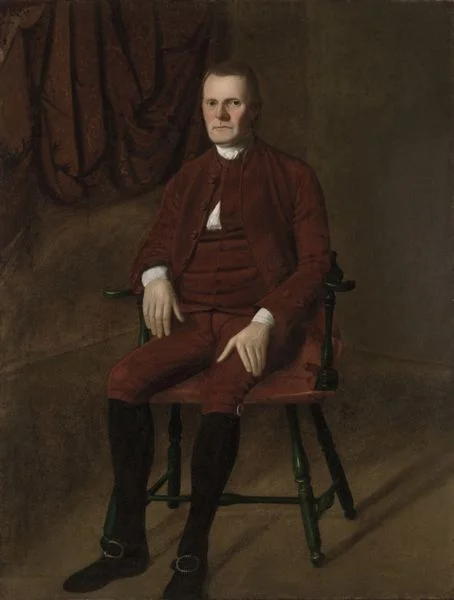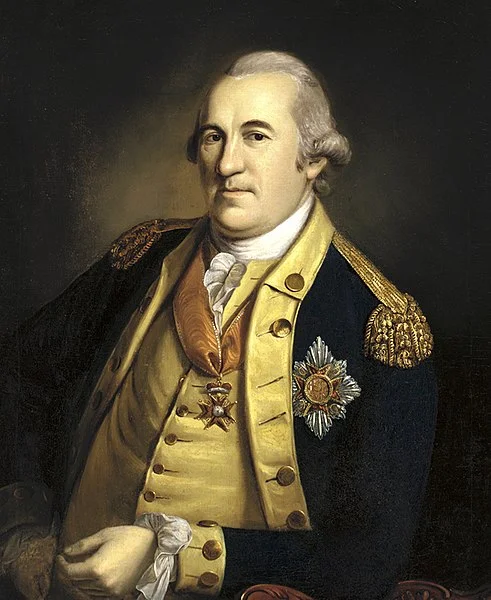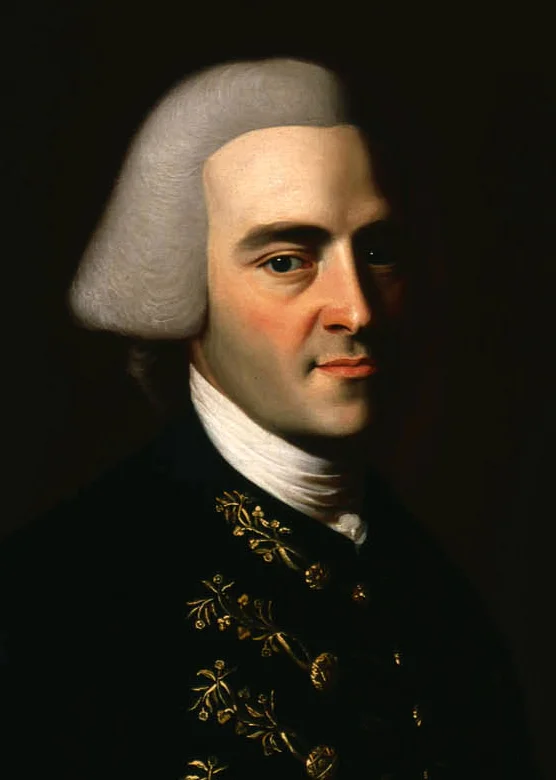Roger Sherman and the Great Compromise
Roger Sherman is particularly dear to my heart. When I was a younger man, I took Dr. Beal's class called Jeffersonian Democracy. One of our assignments was to write a paper about a Founding Father we had never heard of. I looked at all the Founding Documents and noticed there was one name signed at the bottom of them all: Roger Sherman. He started my love of the Founding Generation and, 15 years later, this website exists.
An Accomplished Life
Roger Sherman had seen it all.
At 19 years old he was a simple Connecticut shoemaker with a substantial debt inherited from his father, and was responsible to care for his mother and siblings.
By age 66, Sherman had been a surveyor, general store operator, lawyer, state representative and assemblyman, mayor, treasurer of Yale and professor of religion.
He authored a popular Almanac as well as A Caveat Against Injustice, which discussed the need for a gold-backed currency. Anyone who argues that America should go back to the ‘gold standard’ today, whether they know it or not, draw most of their arguments from this document.
Sherman had served in the First Continental Congress where he signed the Articles of Association. He then served in the Second Continental Congress where he sat on the Committee of Five, which drafted the Declaration of independence (though Thomas Jefferson did most of the drafting). He would sign the Declaration and a few years later apply his name to the Articles of Confederation.
Roger Sherman found himself at the Constitutional Convention. After Benjamin Franklin (81 years of age), Sherman was the oldest member.
This did not prevent him from speaking. He spoke. A lot. This is interesting because while Sherman was known for his sound mind, he was just as known for his awkward mannerisms and unpolished speech.
The Compromise
Of the many crisis at the Convention, perhaps the greatest was the conflict over representation in the Legislature.
The larger states wanted representation based on population. They knew it would give them more power under the new Constitution.
The small states wanted every State to have equal representation. They knew it would keep them from being absorbed by the larger states.
Sherman, along with fellow Connecticut representative Oliver Ellsworth and others, had an idea. Let’s have both.
What followed was the Great Compromise (AKA the Connecticut Compromise). Sherman proposed that Congress have two houses. One would be a House of Representatives, based on population. The other would be a Senate, with equal representation between states.
It may seem obvious to us now, as this is the government we currently have. However, at the time it was a big idea. With many delegates locked into their positions, it was far from anyone’s perfect solution. It was a compromise. It was the Great Compromise, and it created the United States of America.
If you enjoyed this article, please remember to sign up to our email list.
Also, you can pick up one of these Roger Sherman books on our affiliate Amazon. 'A Caveat Against Injustice' is the book he wrote and I highly recommend it if you are interested in economics.







